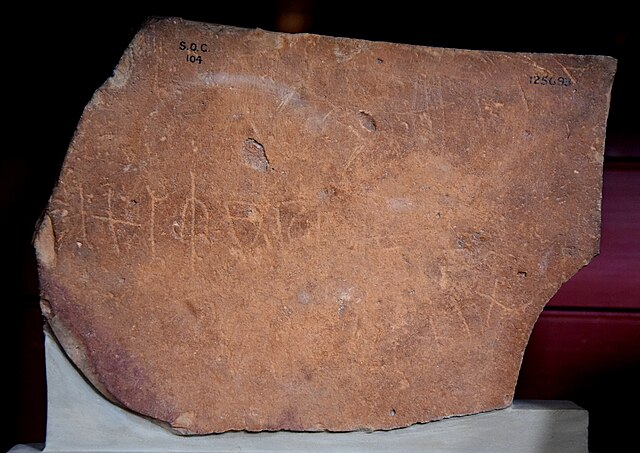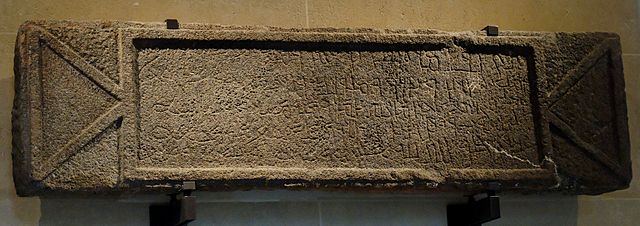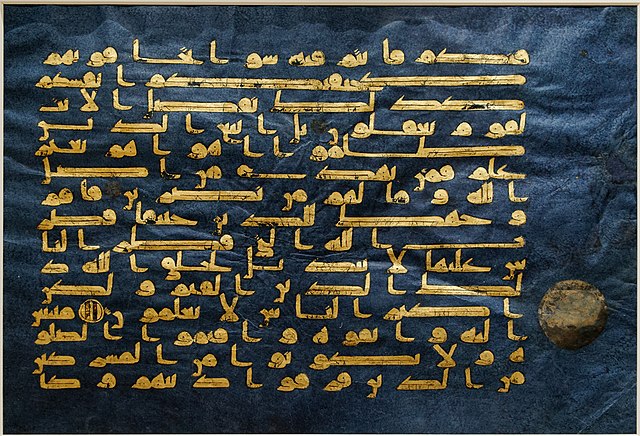Salah, is the principal form of worship in Islam. Facing Mecca, it consists of units called rak'a, during which the Quran is recited, and prayers from the Sunnah are typically said. The number of rak'a varies from prayer to prayer. Minor details of performing salah may differ according to the madhhab of the person performing it.
The prayer room in Khonakhan Mosque, Uzbekistan
Various prescribed movements in salah, which collectively constitute a rak'ah. From left to right: rukū', qiyām/i'tidal, sujūd, takbīr and qu'ūd/julūs.
Women performing the Friday prayer at a mosque, Ohio, US
A Sunni Muslim (left) and Shia Muslim (right) performing the Friday prayer in Tehran. Some Sunnis perform salah with the hands clasped ("qabd"), while Shia offer salah with their hands at their sides ("sadl").
Arabic is a Central Semitic language of the Afroasiatic language family spoken primarily in the Arab world. The ISO assigns language codes to 32 varieties of Arabic, including its standard form of Literary Arabic, known as Modern Standard Arabic, which is derived from Classical Arabic. This distinction exists primarily among Western linguists; Arabic speakers themselves generally do not distinguish between Modern Standard Arabic and Classical Arabic, but rather refer to both as al-ʿarabiyyatu l-fuṣḥā or simply al-fuṣḥā (اَلْفُصْحَىٰ).
Safaitic inscription
The Namara inscription, a sample of Nabataean script, considered a direct precursor of Arabic script.
Arabic from the Quran in the old Hijazi dialect (Hijazi script, 7th century AD)
The Qur'an has served and continues to serve as a fundamental reference for Arabic. (Maghrebi Kufic script, Blue Qur'an, 9th–10th century)








